GUEST BLOGGER CAROLINE ARNOLD
In a few days, on April 22nd, the world will celebrate Earth Day. This annual event demonstrates support for environmental protection. What better time to take a look at the Earth’s changing climate — and specifically how it affects baleen whales.
Adapting to a warmer world
Over the past several decades, our world has been warming at a faster rate than ever before. Winters are shorter. Sea levels have risen. Territories of predators and prey have shifted. To survive in this new environment, animals everywhere have had to adapt–or face extinction. A Warmer World: From Polar Bears to Butterflies by Caroline Arnold shows how global warming has already impacted wildlife all over the planet.
Reading strategies
As you read this book with your students, look at the headings of the main text and see how they highlight the main topics of the book. Take a close look at Jamie Hogan’s striking illustrations and see how they show the animals in their environment. Notice how the description of each animal looks like it has been written on a piece of lined paper, as if torn from a field scientist’s notebook. And finally, see how the animals’ names are shown on images of ID tags, as they might be in a scientific collection at a museum.
What is krill?
As the Earth warms, the most dramatic changes are occurring at the poles. These places are warming faster than any other part of the world. Animals like polar bears, penguins, walruses, whales, and even krill are affected.
Krill are small, shrimplike animals that feed on algae, small organisms that often grow on the underside of sea ice. As temperatures rise in Antarctica, areas of sea ice have grown smaller. With less ice, there are fewer algae for the krill to feed on, so there are fewer krill. Krill is a food source for whales, seals, penguins, seabirds, squid, and fish.
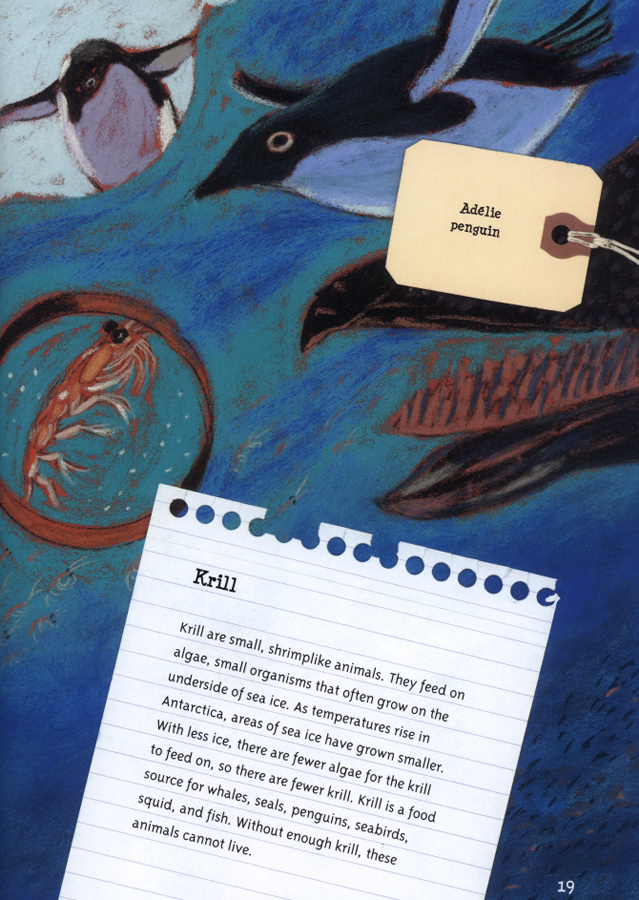
illustrated by Jamie Hogan (Charlesbridge)
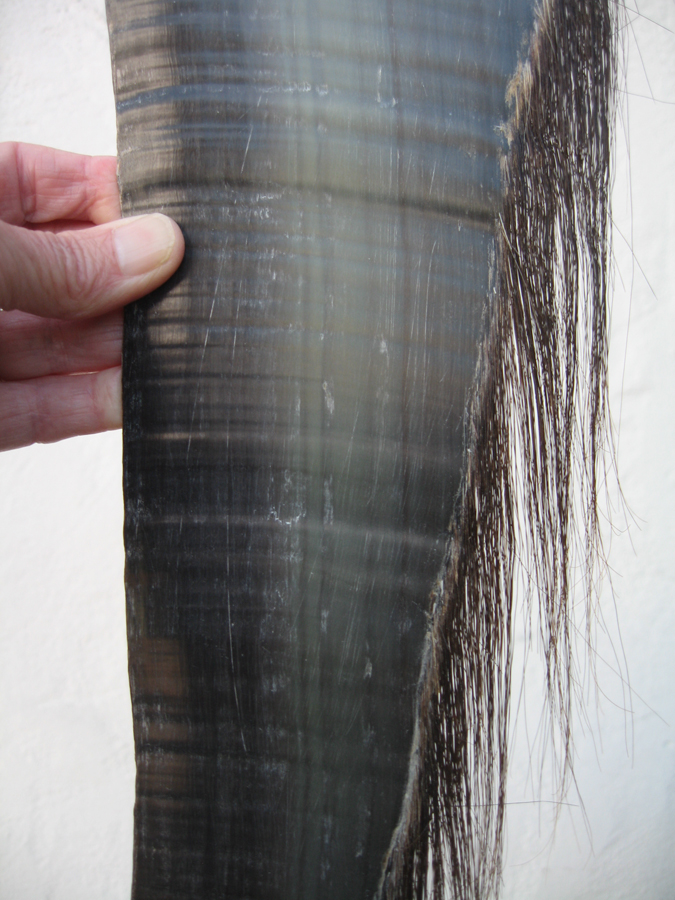
Baleen and krill
How does a huge animal like a whale get enough to eat by feeding on tiny animals like krill? The whale has to eat a LOT of them. How does it do this? The whale’s mouth is filled with baleen, long fringed strips of hard material, something like your fingernails. As the whale swims along, it takes in huge mouthfuls of water and krill. Then it pushes the water out with its tongue. The baleen acts like a strainer, trapping krill and other food on the inside of the whale’s mouth. A whale may have up to 400 plates of baleen in its mouth.
Activity: The secret of baleen
Here is an experiment that shows how baleen works inside the whale’s mouth to catch krill.
You will need: uncooked rice; a small bowl or container; water; a comb
Have the students put the rice in the container. Add water. Have them dip the comb into the water and try to pick up the rice. Some of the grains of rice will be caught in the teeth of the comb. In the same way, baleen catches tiny pieces of food in the ocean. How many tries did it take to scoop up all the rice?
Humpback whales, grey whales, and blue whales are some of the different kinds of baleen whales. They need krill to survive.
Caroline Arnold has been writing since 1980 and is the author of 170 books for children. A Warmer World is a NSTA Outstanding Science Trade Book, Bank Street College Best Children’s Book of the Year, and a Junior Library Guild selection. Her other books include Keeper of the Light and her Room 6 series- Planting a Garden in Room 6, Butterflies in Room 6 and Hatching Chicks in Room 6, a JLG Premier Selection and CRA Eureka Award winner–all illustrated with her own color photos. Recent titles illustrated with her own cut paper art include A Day and Night in the Rain Forest in her Habitats series, and A Polar Bear’s World, winner of the CRA Eureka Award for Nonfiction.
A noted science writer, Caroline Arnold has had thirty-three books on the NSTA Outstanding Science Trade Books list. Her books are inspired by her travels, her love of animals, fossils, and the out-of-doors.. She lives mainly in Los Angeles, CA, but also part-time in Oakland, CA.
- Website: www.carolinearnold.com
- Facebook: caroline.arnold.524
- Twitter: @CarolineSArnold




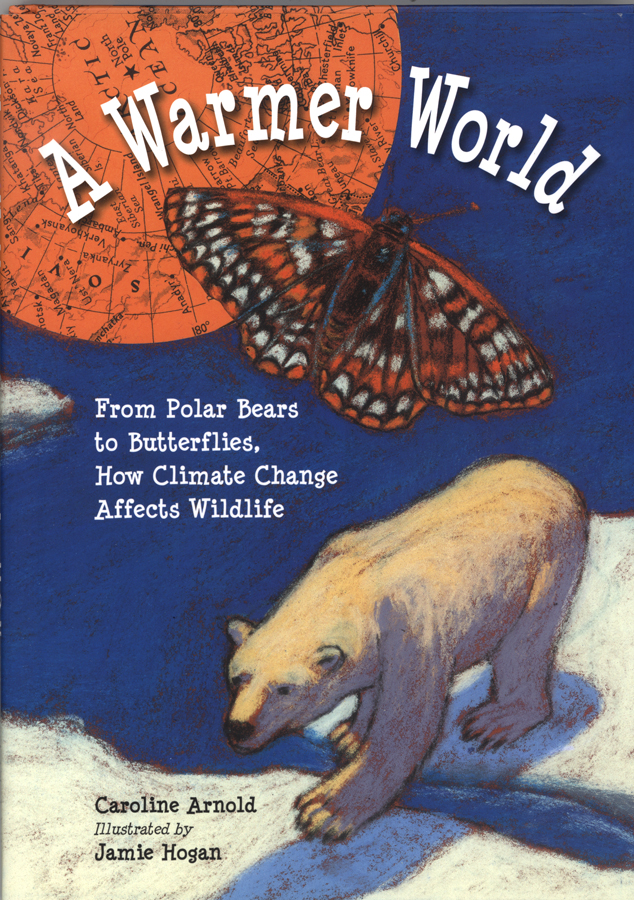
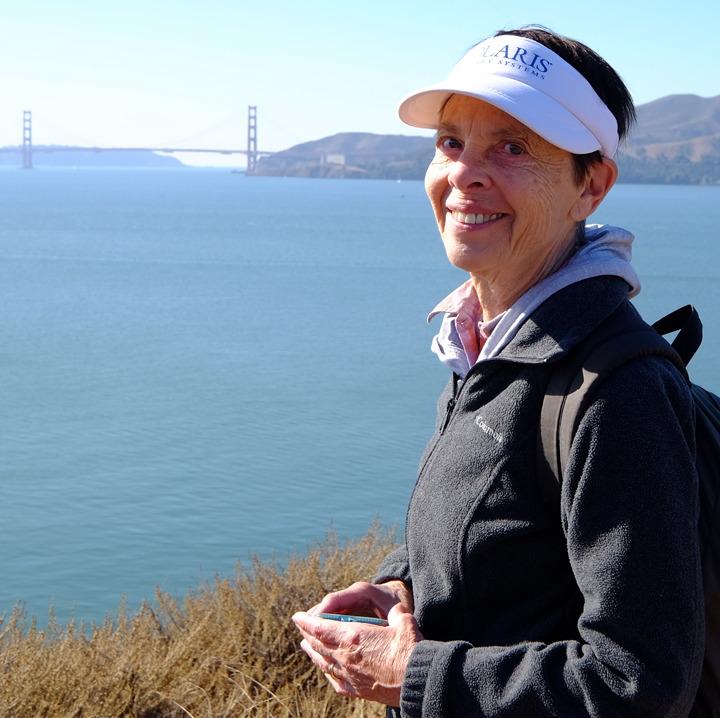
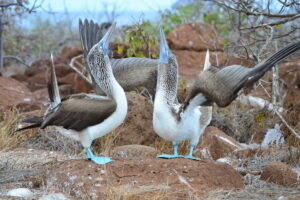




Leave a Reply
Your email is safe with me.